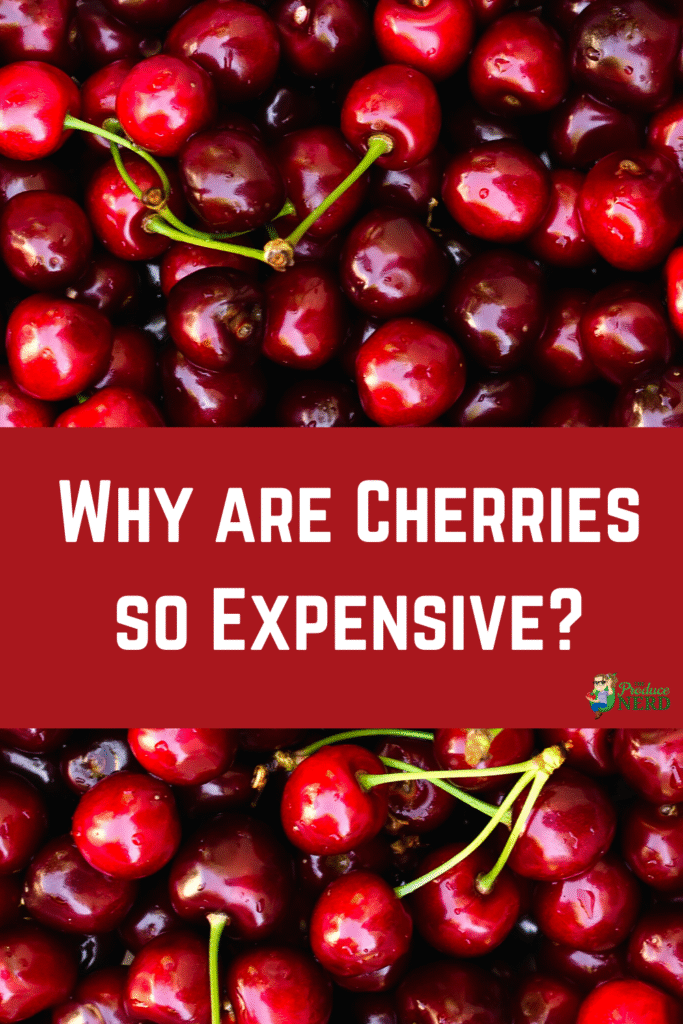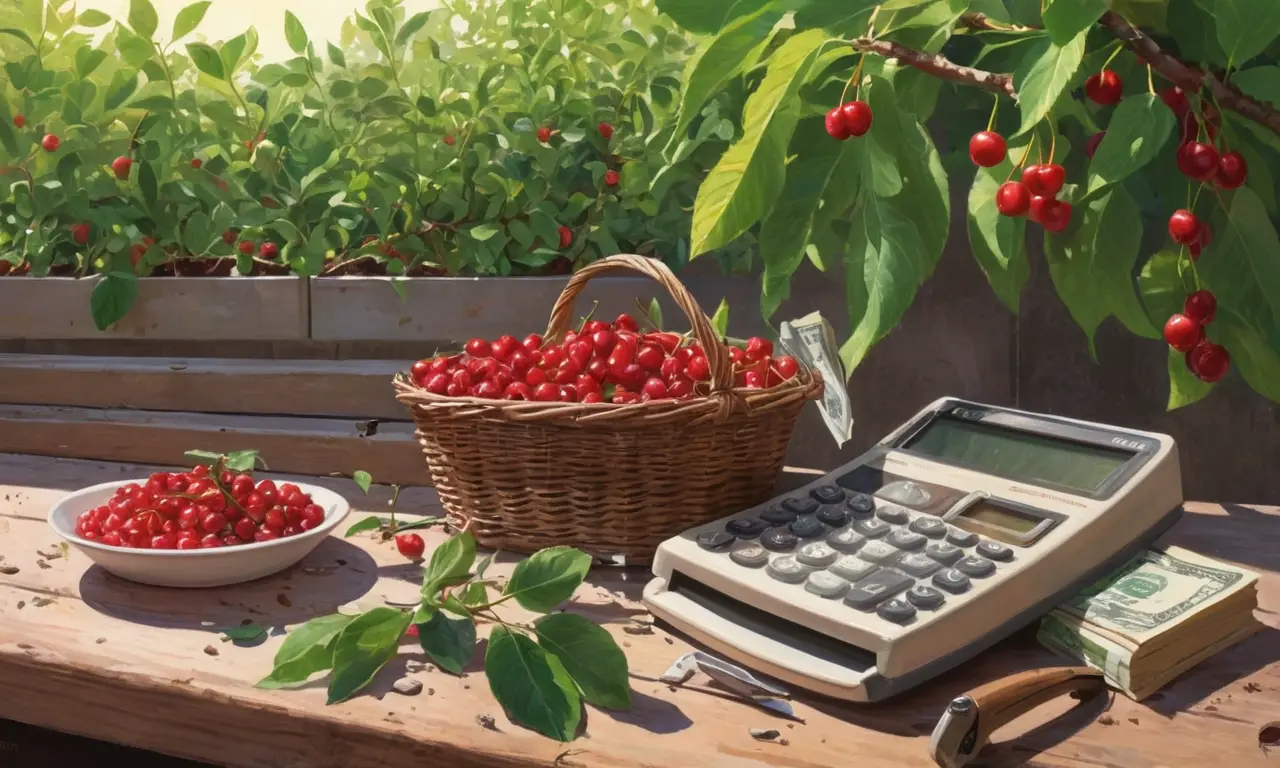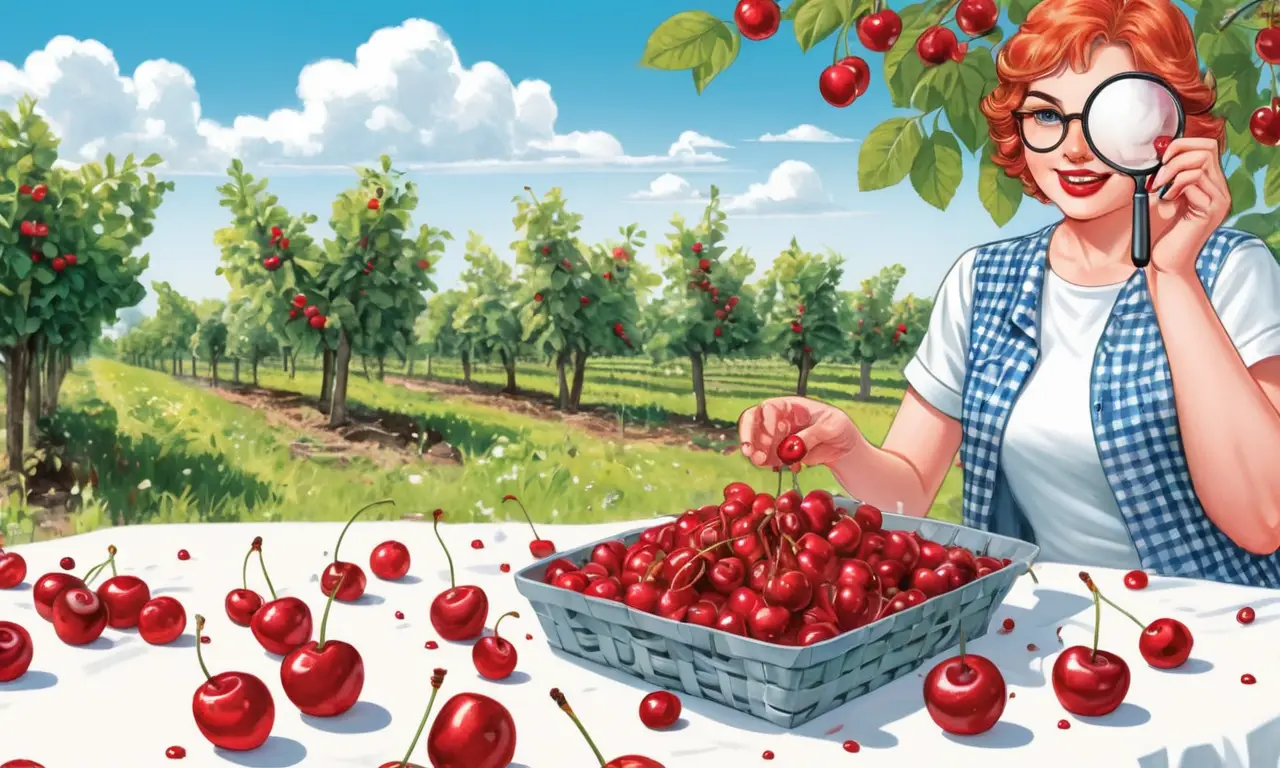
Cherries, those vibrant red jewels of summer, are undeniably delicious. But have you ever wondered why they often come with a hefty price tag? The answer lies in a combination of factors that make growing and harvesting these sweet treats a complex and costly endeavor. This article delves into the reasons behind why are cherries expensive, exploring the intricate world of cherry cultivation and the forces driving their premium price.
From understanding the labor-intensive nature of cherry farming to examining the impact of short seasons and consumer demand, we’ll uncover the key elements contributing to the high cost of these beloved fruits. By shedding light on this often overlooked aspect of our food system, we can gain a deeper appreciation for the value and effort behind every bite of a juicy cherry.
Cherry Cultivation Costs
The journey from cherry blossom to ripe fruit is a labor-intensive one, demanding significant investment and resources. Cherry trees require meticulous care throughout their lifecycle, starting with careful selection of suitable varieties and planting in well-drained soil.
Maintaining healthy orchards involves regular pruning, fertilization, and irrigation, all contributing to the overall cost of production. Furthermore, modern cherry farming often utilizes advanced technologies like drip irrigation systems and pest control measures, which add to the financial burden. These investments are crucial for ensuring optimal tree health and maximizing yield, but they inevitably translate into higher prices for consumers.
Short Growing Season

Cherries have a relatively short growing season compared to other fruits, typically spanning only a few weeks in late spring or early summer. This limited window of opportunity adds pressure on growers to maximize production within this timeframe. The delicate nature of cherry blossoms also makes them vulnerable to unpredictable weather patterns, such as late frosts or excessive heat, which can significantly impact yield and further contribute to price fluctuations.
This short growing season necessitates careful planning and management, including precise timing for planting, pruning, and harvesting. The urgency to harvest cherries at their peak ripeness adds another layer of complexity and cost, as it often requires employing a large workforce for hand-picking.
Pest and Disease Susceptibility
Cherry trees are susceptible to a range of pests and diseases that can wreak havoc on crops if left unchecked. Common threats include aphids, borers, fungal infections, and bacterial diseases. These infestations can damage leaves, fruit, and branches, reducing yield and compromising the quality of cherries.
To combat these threats, growers must implement rigorous pest management strategies, including regular monitoring, targeted pesticide applications, and cultural practices like crop rotation. These measures are essential for protecting cherry trees and ensuring a healthy harvest, but they come at an additional cost that is reflected in the final price consumers pay.
Hand-Picking Requirements

Unlike many other fruits that can be harvested mechanically, cherries require meticulous hand-picking due to their delicate nature. This labor-intensive process demands skilled workers who carefully select ripe cherries without damaging the fruit or branches.
The need for hand-picking significantly increases production costs, as it requires a large workforce and specialized training. Furthermore, the time-sensitive nature of cherry harvesting means that growers often need to employ temporary workers during peak season, adding to labor expenses.
High Consumer Demand
Cherries are highly sought-after fruits, with consumer demand consistently exceeding supply, particularly during peak season. This imbalance between supply and demand drives up prices as consumers compete for limited quantities of these coveted treats.
The popularity of cherries is fueled by their unique flavor, versatility in culinary applications, and perceived health benefits. Their vibrant color and appealing appearance also contribute to their desirability, making them a popular choice for both fresh consumption and processed products like jams, pies, and chocolates.
Conclusion
The next time you savor the sweet taste of a ripe cherry, remember the intricate journey it has taken from orchard to plate. The high price tag reflects not only the inherent delicacy of these fruits but also the significant investment required in their cultivation, harvesting, and distribution. Understanding the factors that contribute to why are cherries expensive allows us to appreciate the value and effort behind every bite, fostering a deeper connection with our food system and the hardworking individuals who bring these delicious treats to our tables.
